Pioneering the Atlantic Skies: A Conversation with Transatlantic Gas Balloonist Hempleman-Adams
By Kim Magee, Member FAI Ballooning Commission Public & Media Relations
Three adventurers are preparing to embark on a historic journey: The first hydrogen open basket gas balloon to cross the Atlantic, piloted by the oldest team to ever do so. The team consists of David Hempleman-Adams, renowned for his polar ballooning expeditions, Bert Padelt, a respected pilot and balloon manufacturer, and Dr. Frederik Paulsen, a scientist with a passion for exploration and experimentation.
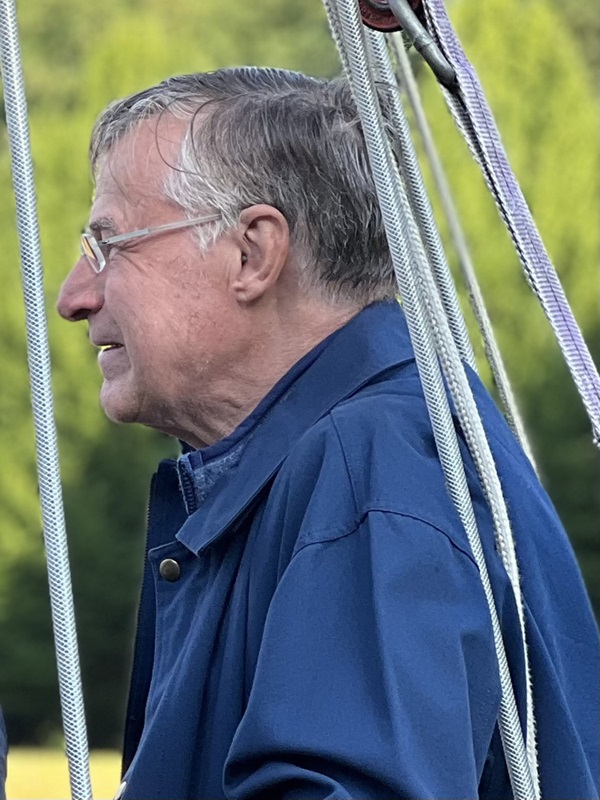
Professor Frederick Paulsen (image: Torabhaig)
Padelt's lifelong dream of flying the Atlantic served as the initial spark for this ambitious mission. Hempleman-Adams, initially hesitant, eventually joined the venture due to Padelt's persistence and desire to embrace the challenge. Dr. Paulsen was brought on board to elevate the mission beyond mere adventure, incorporating meaningful scientific experiments. Their inclusion in the prestigious Explorers Club adds a further dimension to their journey, as they intend to conduct significant scientific research during the flight.
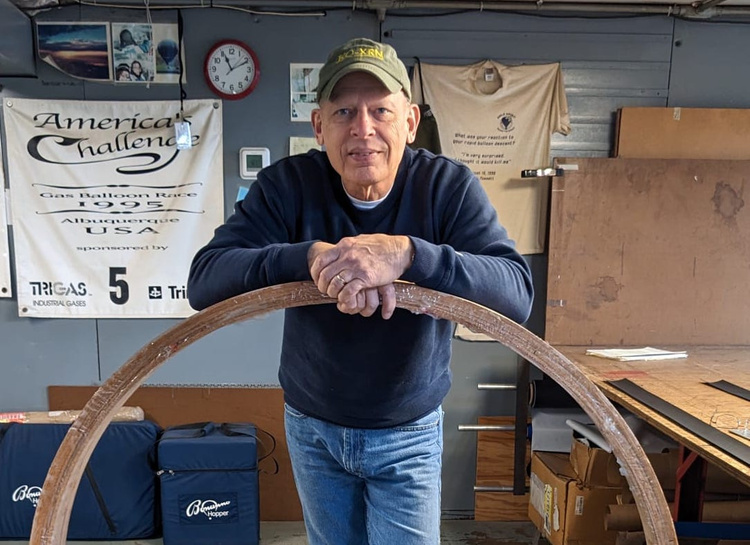
Bert Padelt (image: Torabhaig)
I had the pleasure of interviewing David Hempleman-Adams about this latest adventure.
David Hempleman-Adams' journey into ballooning initially began with a goal to reach the North Pole in 2000. His love for ballooning, the people involved, and the experiences he gained propelled him to continue exploring the skies.
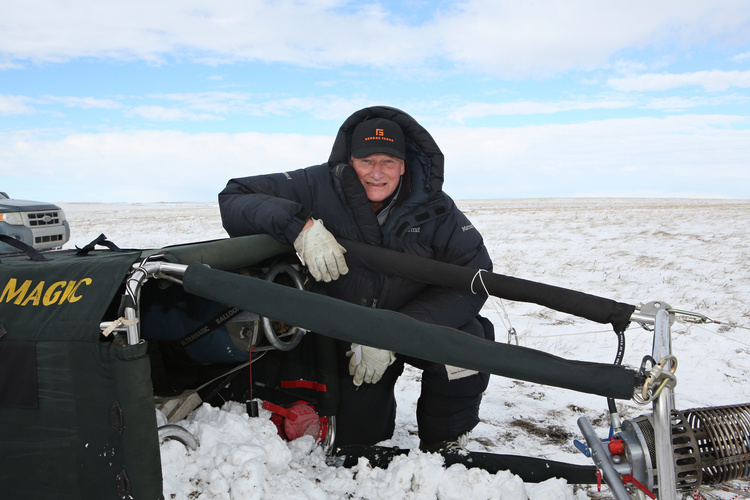
David Hempleman Adams (image: Torabhaig)
The decision to use a hydrogen balloon for this transatlantic voyage was born out of necessity. The rising costs of helium, combined with geopolitical factors like the Ukraine war, made helium unfeasible. Hydrogen, with its established history in European gas ballooning, emerged as a viable alternative.
The AM9 envelope encapsulates the hydrogen balloon, showcasing a blend of traditional and modern technologies. The open wicker basket harks back to early aviation, while the crew uses satellite phones and trackers to provide real-time updates to the world below.
Simplicity is their mantra, but redundancy remains a crucial aspect of their safety measures. Two satellite phones, two trackers, two radios, and maybe even two carrier pigeons ensure that communication remains unbroken even in the most remote areas.
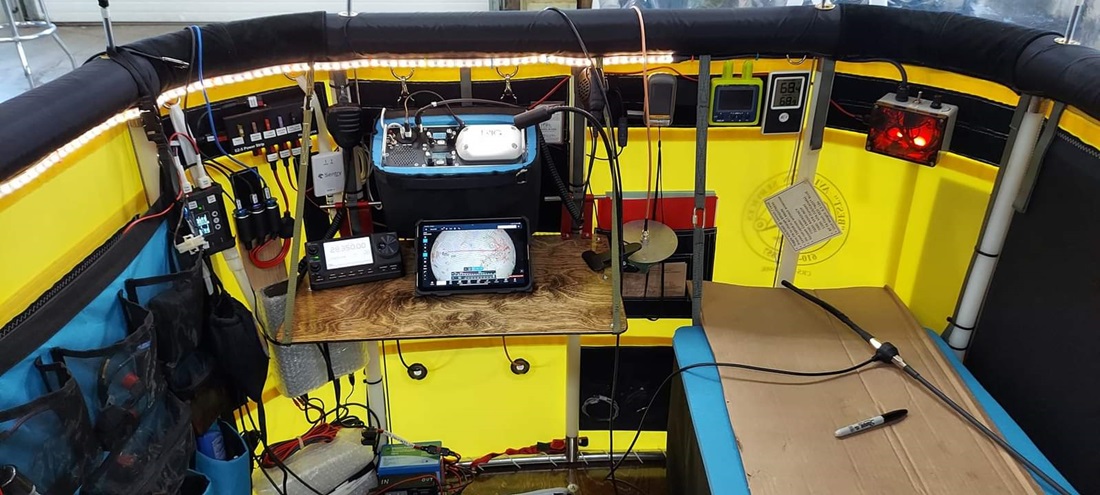
Explorer interior (image: Padelt)
The departure point, Presque Isle in Maine, was chosen for its northern latitude, promising a favorable trajectory across the North Atlantic towards Europe. Their primary goal is to land anywhere in Europe between Northern Norway and Southern Spain.
They were prepared to take-off from 1 September 2023, with a flight window spanning until Christmas day. This flexible time frame would allow them to choose optimal weather conditions for the journey. However, due to unfavorable weather conditions and tropical storms the flight has been postponed until early June of 2024.
Their goals for this voyage are simple: to safely cross the Atlantic, savor the experience, and relish the sights along the way.
Hempleman-Adams leaves aspiring explorers and aviators with a powerful message:
"There is no such thing as failure; the only person who failed is the person who knew they could do it but was too afraid to start or try."
As these daring balloonists prepare to launch into the unknown, their journey not only represents human determination and exploration but also serves as inspiration for those who dare to dream. Their pioneering spirit, fueled by a low-tech approach and unwavering determination, proves that anyone can reach new heights in aviation and exploration.
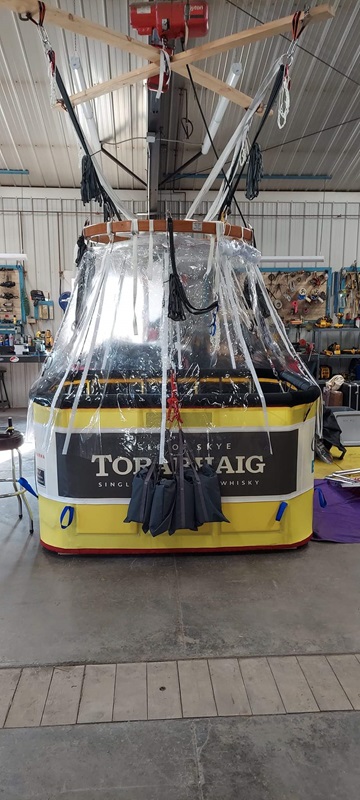
The balloon basket (image: Padelt)

